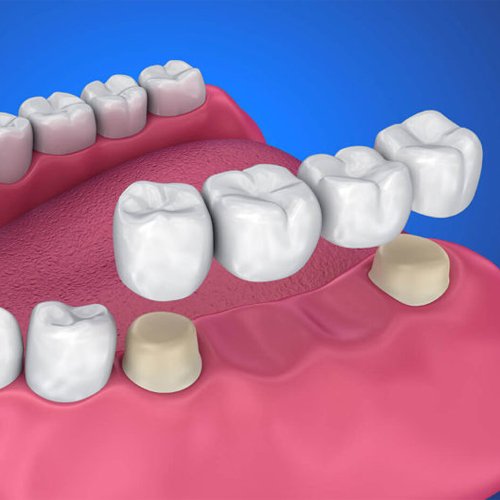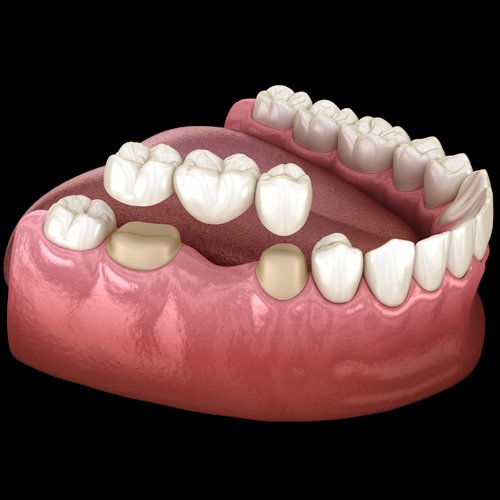What is a fixed bridge crown?

A fixed bridge crown is a common dental restoration used to replace one or more missing teeth by permanently anchoring prosthetic teeth (pontics) to the natural teeth or dental implants adjacent to the gap. This type of dental appliance restores both function and aesthetics, allowing patients to chew, speak, and smile confidently.
A fixed bridge crown consists of several components: abutment teeth, pontics, and crowns. The abutment teeth are the natural teeth on either side of the missing tooth or teeth, which are prepared by reshaping them to accommodate the crowns. These crowns are then placed over the abutment teeth and connected to the pontic, which fills the gap left by the missing teeth. In cases where there are no natural teeth available, dental implants can serve as the abutments, providing a stable and secure foundation for the bridge.
The materials used for fixed bridge crowns vary, including porcelain, ceramic, gold, and metal alloys. Porcelain and ceramic are popular choices due to their ability to closely mimic the appearance of natural teeth, offering a highly aesthetic result. Metal alloys and gold, while less aesthetically pleasing, provide superior strength and durability, making them suitable for posterior bridges where chewing forces are greater.
The process of getting a fixed bridge crown typically involves multiple dental visits. Initially, the dentist will evaluate the patient's oral health and prepare the abutment teeth by removing a portion of the enamel to create space for the crowns. Impressions of the teeth are then taken to fabricate the custom bridge. During the interim, a temporary bridge is often placed to protect the prepared teeth and maintain function. Once the permanent bridge is ready, it is carefully fitted, adjusted, and cemented into place.
Fixed bridge crowns offer numerous benefits, including the prevention of remaining teeth from shifting, preservation of the facial structure, and the restoration of natural biting and chewing abilities. Additionally, they can improve speech clarity and enhance overall oral health by distributing bite forces evenly across the dental arch.
In summary, a fixed bridge crown is a reliable and effective solution for replacing missing teeth, providing both functional and aesthetic improvements to a patient’s smile and overall dental health.













